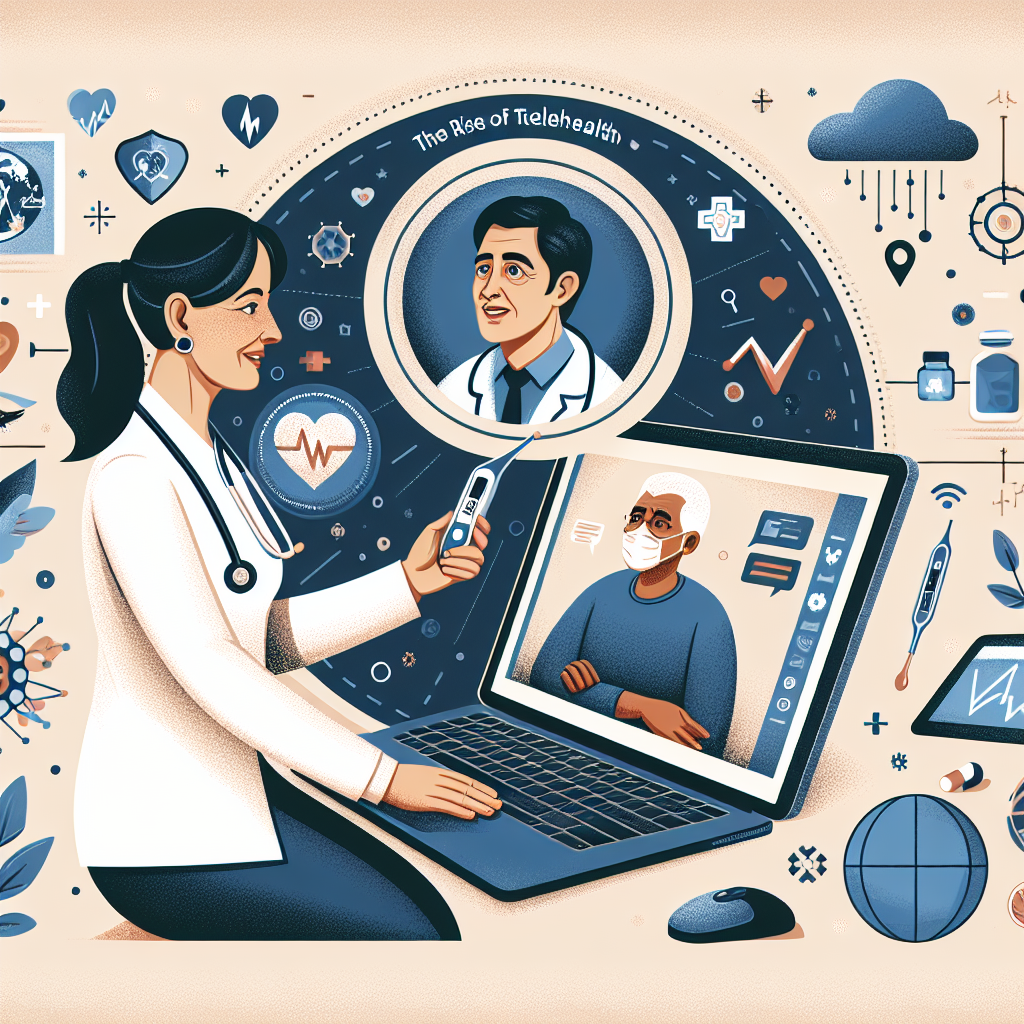In the wake of the global pandemic, the healthcare landscape has witnessed a seismic shift toward digital solutions. Telehealth has swiftly emerged as a lifeline, making health services more accessible than ever before. Among its offerings, virtual health screenings have become a cornerstone of this new frontier, providing convenience without compromising care quality. Let’s delve into the rise of telehealth, the mechanics of virtual health screenings, and their implications for patients and providers alike.
What is Telehealth?
Telehealth refers to the use of digital technology to deliver medical services and information remotely. It encompasses a wide range of services, including virtual consultations, remote monitoring, and health education. The primary goal of telehealth is to enhance patient care by making medical services more accessible, especially for individuals who may face barriers due to distance, mobility issues, or time constraints.
Understanding Virtual Health Screenings
What Happens During a Virtual Health Screening?
Virtual health screenings are remote assessments conducted by healthcare professionals using digital platforms. These screenings often begin with a video call or an online questionnaire, through which providers gather essential information regarding a patient’s medical history, symptoms, and lifestyle habits. Depending on the nature of the screening, follow-up tests or referrals may be recommended.
Types of Virtual Health Screenings
-
General Health Screenings: These include evaluations for conditions such as hypertension, diabetes, and cholesterol levels, often using self-reported data and at-home monitoring devices.
-
Mental Health Assessments: Virtual screenings for anxiety, depression, and other mental health conditions have gained traction. Mental health professionals utilize various assessment tools to gauge emotional well-being effectively.
-
Preventive Screenings: Telehealth allows for preventive screenings such as mammograms or prostate exams to be discussed virtually, guiding patients on when and where to obtain in-person services.
- Chronic Disease Management: For individuals living with chronic conditions, virtual screenings can facilitate regular check-ins and adjustments to treatment plans, ensuring continuity of care.
The Benefits of Virtual Health Screenings
Convenience and Accessibility
One of the most significant advantages of virtual health screenings is convenience. Patients can schedule appointments from the comfort of their homes, eliminating travel time and logistics. This ease of access is particularly beneficial for those living in rural areas or for individuals with mobility challenges.
Time Efficiency
Virtual screenings often reduce waiting times significantly. Patients can receive immediate feedback on their health, enabling them to take action sooner than they might in a traditional setting.
Increased Privacy and Comfort
Many people are more comfortable discussing sensitive health issues from home. Virtual screenings allow patients to speak candidly about their concerns and preferences, fostering a more open dialogue with their healthcare providers.
Cost-Effectiveness
Telehealth services can be more cost-effective than traditional in-person visits. Patients save on transportation costs, and many insurers now cover telehealth services, making them an attractive option for health-conscious individuals.
Challenges and Considerations
While the rise of virtual health screenings presents numerous benefits, some challenges persist. Technology access and literacy are vital; not everyone has a smartphone or stable internet connection, which can hinder participation. Moreover, certain medical evaluations still necessitate in-person visits for accurate assessment, underscoring the importance of a blended approach to healthcare.
The Future of Telehealth and Virtual Screenings
Integration with Technology
As technology continues to evolve, the telehealth experience will become increasingly seamless. Artificial intelligence, wearable devices, and health apps are poised to enhance virtual health screenings by providing real-time data and analytics, making it easier for providers to monitor patient progress.
Expanding Access to Care
Efforts to increase telehealth access are underway, with policymakers and healthcare organizations working to ensure that underserved populations benefit from these services. As telehealth becomes more integrated into healthcare systems, we can expect to see a broader reach, allowing everyone to take charge of their health from the comfort of their homes.
Conclusion
The rise of telehealth, particularly through virtual health screenings, has transformed the way we think about healthcare delivery. With convenience, accessibility, and cost-effectiveness, these services are not just a temporary solution but a permanent fixture in modern medicine. By embracing technology and fostering an inclusive digital health environment, we can ensure that everyone has the opportunity for timely and effective care.
In a world where proactive health management is more critical than ever, virtual health screenings offer a beacon of hope for better health outcomes. The future of healthcare is digital, and it’s here to stay.


